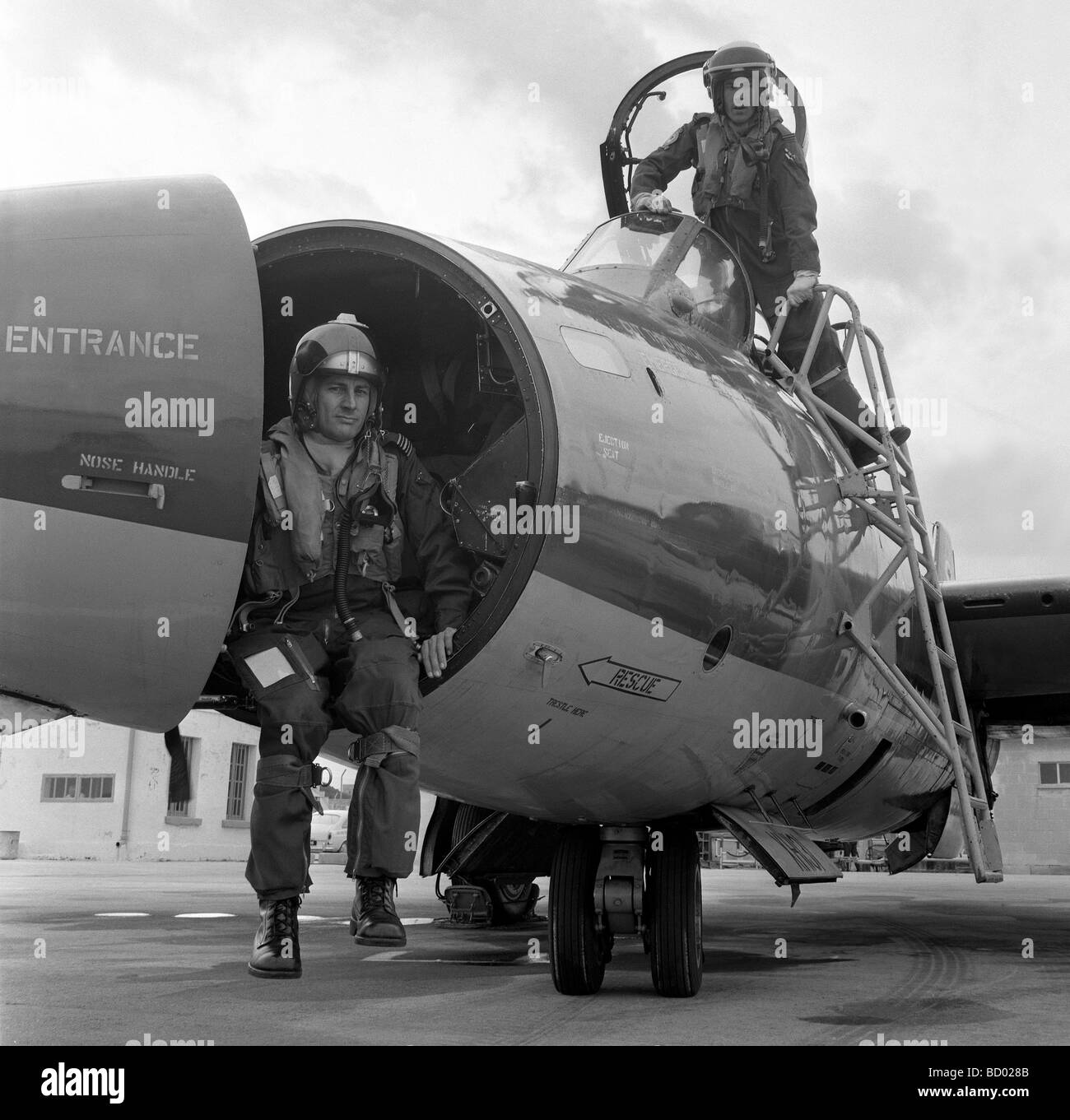


Not only is the idea not new, but, we already have an arsenal plane. Like many a Pentagon program, this idea has the potential to run off the rails in short order unless it is made clear that the arsenal plane concept is not a new aircraft. In February, the Air Force released an artist’s conception of an arsenal plane – an 8-engined aircraft resembling a cross between the B-52 and a C-5. The concept of the “ missile caddy,” which was intended to increase the number of air-to-air missiles available to a fighter, has been around at least since the 1990s. The concept briefings for the miniature air-launched decoy (MALD) are littered with images showing the MALD being dispensed from a C-130 or C-17. In 1979, the Carter administration proposed a converted Boeing 747-200 as the Cruise Missile Carrier Aircraft, loaded with 72 nuclear-tipped air-launched cruise missiles. One program of note in the SCO portfolio favored by Secretary Carter is the “arsenal plane” concept, which recurs every now and then. Defense journals and blogs alike are abuzz with recent projects executed or announced by the Pentagon’s Strategic Capabilities Office (SCO), which is focused on technological applications for current military problems. DARPA’s endless stream of creative programs teeter on the fine line between science fiction and reality. – Secretary of Defense Ashton Carter, February 2016ĭespite obstacles presented by the modern acquisition process, the Department of Defense seems determined to find solutions to its ever-growing list of requirements. In practice, the arsenal plane will function as a very large airborne magazine, network to fifth generation aircraft that act as forward sensor and targeting nodes, essentially combining different systems already in our inventory to create wholly new capabilities. And the last project I want to highlight is one that we’re calling the arsenal plane, which takes one of our oldest aircraft platforms and turns it into a flying launchpad for all sorts of different conventional payloads.


 0 kommentar(er)
0 kommentar(er)
